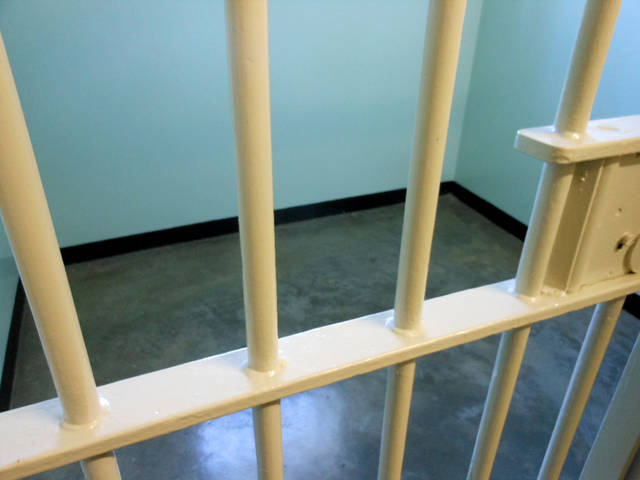Editorial: Would Pa. prison beds be better used for drug treatment?
There are increasingly more women behind bars in Pennsylvania.
When we think about prison, we don’t tend to think about women, despite the ratings for “Orange Is the New Black.” The population of our county jails and state and federal corrections rosters are overwhelmingly male.
The number of men, however, is not growing at the same pace as women. Where Westmoreland’s male inmate numbers rose just 3.5 percent in 11 years, the female population went up by 54 percent. The number of women passing through the county Court of Common Pleas spiked by 52 percent for women compared to 10 percent for men.
There is speculation that the opioid crisis is behind those numbers, and Pennsylvania Department of Corrections statistics show that to be possible. According to DOC numbers, the number of women in state prison is not fluctuating much. Women make up about 5.8 percent of the inmate population.
But look deeper and you see a lot of why. For three years, there have been more than 2,800 women in DOC facilities. While they are more skilled and better educated than the incarcerated men, they are much more likely to have drug and alcohol problems and mental health diagnoses.
From 2015 to 2017, the number of female inmates with substance abuse issues rose about 3 percent each year. In 2017, the number was 71.4 percent, and 59.8 percent were noted as “intensive.” The number with mental health needs in that period was 69 percent or higher.
Just under half were actually serving sentences for drug-related crimes. The majority were for Part I offenses, the largest part of which were for theft. But take that 26 percent of sentences for stealing — which statistically goes up hand in hand with addiction — and add it to the 43.6 percent that includes drug and DUI crimes, and you have 69.6 percent in 2017.
It’s not surprising to find that number mirrors the substance abuse and mental health figures.
Addiction experts and government officials have both cited the same problem with the opioid crisis: the lack of available bed space for treatment. Corrections Secretary John Wetzel has closed facilities and worked to get overall inmate populations decreased.
Maybe the solution is to transfer one of the DOC properties to the Department of Drug and Alcohol Programs for an influx of available beds that might better rehabilitate people to keep them out of jails and prisons.
And maybe that could start with the women.
Remove the ads from your TribLIVE reading experience but still support the journalists who create the content with TribLIVE Ad-Free.

